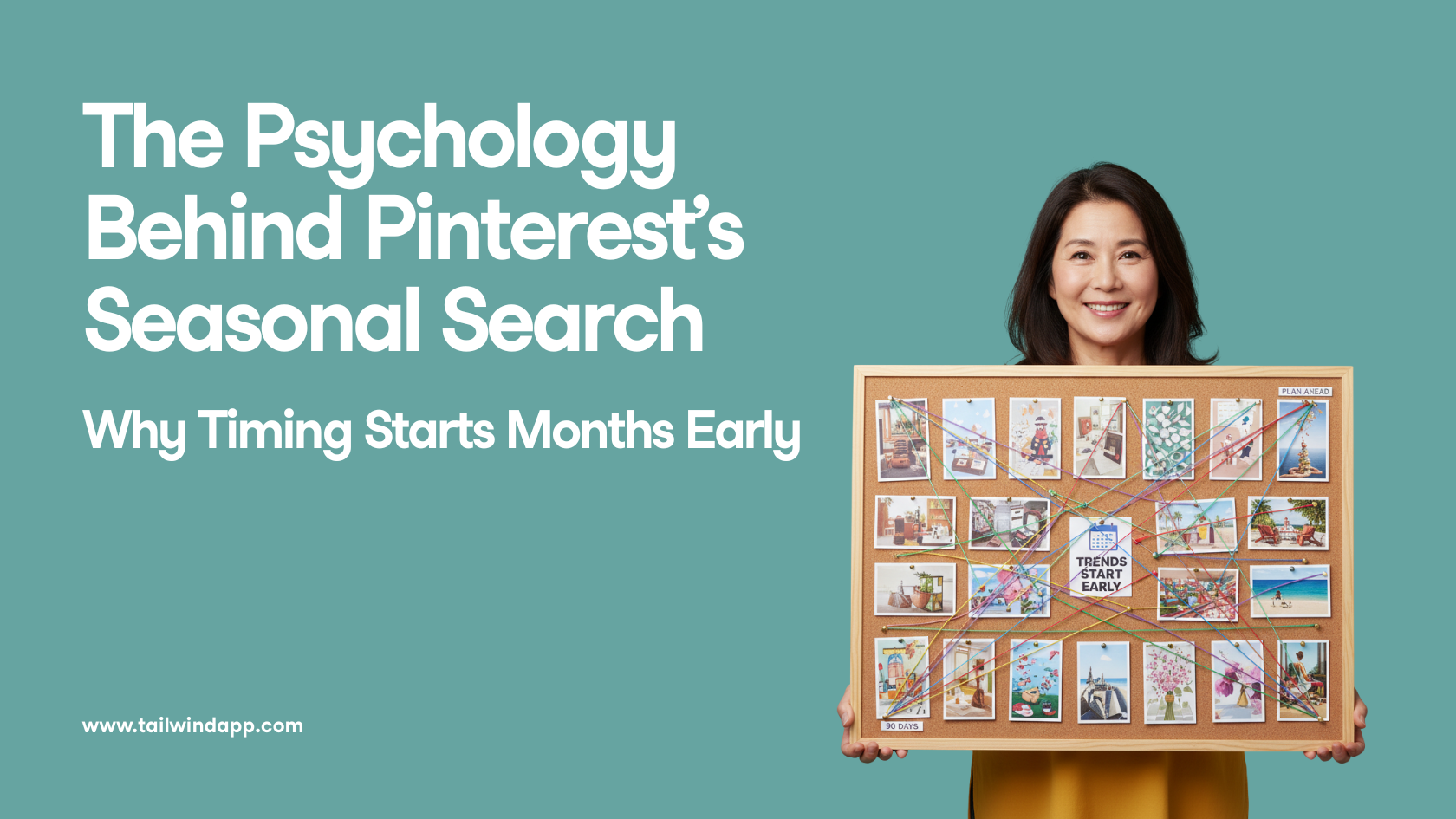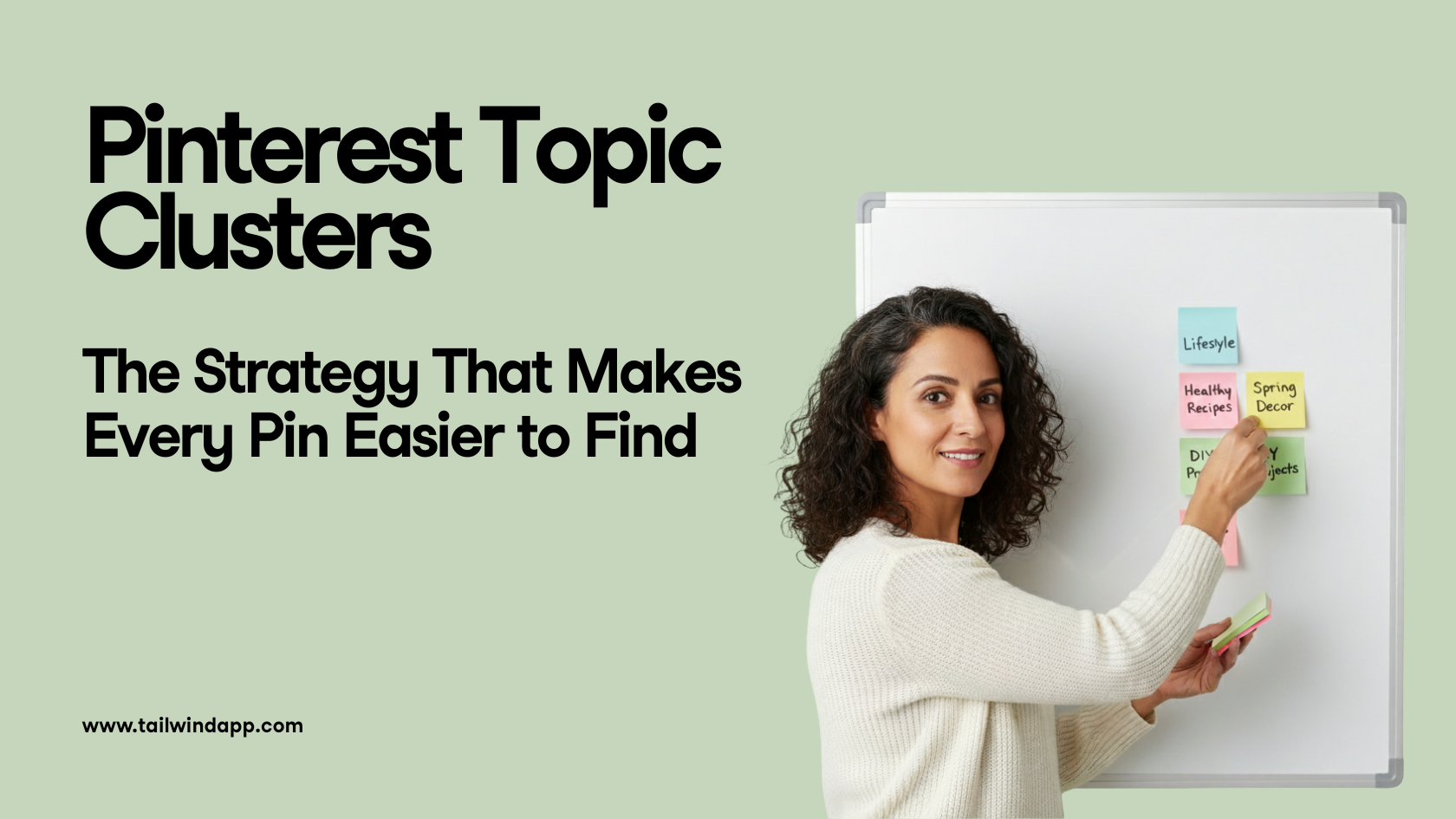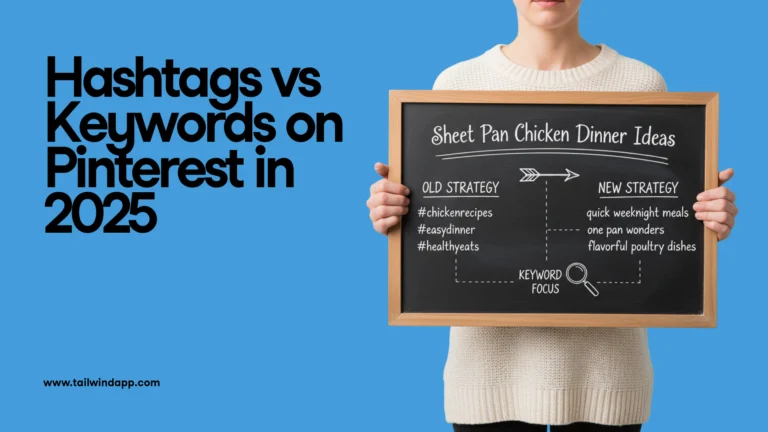
As a social media manager, it’s tempting to jump on the bandwagon when you see a trend taking off. After all, getting a good joke or reference in early can dramatically boost your reach and let your brand ride the coattails of a trending meme.
But more often than not, corporate SMMs find that they’re behind the 8-ball when they use memes on their accounts.
Nobody wants to come off as tone-deaf online, so it’s important to decide if memes are an appropriate addition to your social media strategy. Thoughtful design, a commitment to branding, good timing, and a great sense of humor all play a role in increasing your opportunity to go viral.
Here’s what you need to know to use memes the right way in your marketing.
How Memes Can Help Improve Reach and Gain Followers
Memes are bite-sized, culturally relevant content that can engage a whole new audience in your brand. That is… as long as they’re done right.
Meme culture is pervasive on social media, and it makes sense that brands would want a cut of that engagement.
Relevant and timely memes have a strong potential to go viral, which could quickly make your brand a household name.
However, most brands won’t keep the new followers a well-timed meme earns them unless humor is a fundamental part of the brand’s voice.
One of the reasons memes are such a unique type of content is because they work on multiple platforms.
Once a meme goes viral, it can extend far beyond Instagram or Pinterest!
Creating a viral meme template can even lead to press features and links back to your social media accounts.
As tempting as those new followers are, it takes intention to start using and disseminating memes well.
Brands that use memes well have an impeccable understanding of their audience: what they find relatable, what they see as funny or self-deprecating, and how familiar they are with existing meme culture.
These brands also know that this isn’t the time for heavy-handed marketing messages.
When a meme hits the mark, it’s a refreshing step away from overt marketing. It gives followers a feeling that you genuinely understand them and see their perspective.
We know that connecting with your audience is one of the best ways to grow your business and social following, and publishing memes can help you foster the connection you’re aiming for.
Designing a Strategy Around Unpredictable Trends
There are three central ways to design new meme content: create a new meme, jump on the latest meme trend, or use familiar meme templates.
Many brands approach memes by aiming to jump on a trend when they see it. In these cases, social media teams need to be engaged in close social listening to hear the rumblings of a relevant meme that may be on the outskirts of their current audience.
For example, following trendy creators outside your audience on TikTok and Reddit can help you find new trends or memes to explore on Instagram and Pinterest. You can also follow dedicated meme pages on Facebook to get a better feel for meme subtext.
Some audiences respond well to using tried-and-true meme templates. But, having a relevant, funny, and on-brand message is key here. Consider that your audience has seen this meme in hundreds of variations, so what makes yours stand out?
If you have the resources, creating a new meme template can be particularly successful. Still, it’s important to keep in mind that meme success isn’t guaranteed, so you may not see the ROI of creating a new meme. Creativity is the key when it comes to memes, so no need to map out a custom meme template with your whole team; instead, wait for inspiration to strike or have regular brainstorming meetings to find your brand’s unique sense of humor.
As with any trend-based strategy, keep in mind that memes are a social risk. While these risks can deliver major rewards, they can also backfire, leaving your brand looking out of touch. Brand teams should start with social managers who already actively participate in meme culture and the latest trends to avoid missteps.
Considerations While Using Memes
Memes are constantly shared, so you may assume those images are all free and permissible to use. But, some memes are covered under copyright laws, so using them without authorization can pose a legal risk to your organization.
Brands that use memes should speak with a lawyer or legal team before creating their strategy. A legal team can help you respond appropriately to a take-down letter or request for licensing fees. Plus, they can help you decide which memes are less risky to participate in and which memes to avoid.
You’ll also want to consider informing customer service agents or people who respond to your social media comments when you plan to post a meme. Memes can generate a huge response, and whether positive or negative, you’ll want to be ahead of the curve to let your response team know when response volume might increase. Getting PR involved can help avoid or alleviate any missteps, too.
Smaller companies may have an easier time adding memes to their social media strategy, but that doesn’t mean big brands need to avoid meme content entirely. Having a plan for dealing with meme response can help your team effectively manage an influx of attention.
Tips on Creating Memes That Enhance Your Brand
Messing up with memes can be embarrassing, but the rewards of a well-timed meme can’t be denied. It’s hard to resist memejacking (or repurposing memes) when they can have such an explosive impact on your brand’s success.
Here are 5 tips to help you do memes right.
1. Take a Risk
Memes often succeed when they have a more subversive or anti-establishment feel. Corporate, wholesome content can fall flat on younger audiences.
The best memes poke fun at a situation, so it pays to take a risk and explore the funnier side of your brand voice.
Think about how your brand voice would sound at happy hour. A small step away from a polished brand voice can be a fun surprise for younger audiences.
Brands that do well with memes have a tone that feels like someone has “taken over” the brand’s social media channels and is doing something their manager might not totally approve of.
A youthful, playful vibe goes a long way when you’re sharing meme content.
2. Target Your Existing Audience
A campaign aiming to attract a whole new audience with memes often falls flat. Why?
Because you’re probably not looking at the young people already following your brand.
Look through your followers and see the content your existing audience shares.
Get a feel for what they find funny. They already like your brand, so you’ll want to attract more young followers like them.
To do that, you want to make sure you target them first.
If you’re struggling to engage a Gen Z audience, consider finding a Gen Z influencer that can help create content and offer insight into what appeals to this audience.
Many traditional meme templates may engage a Millennial audience but leave Gen Z feeling like your brand is behind the times.
3. Be Timely
Memes definitely aren’t evergreen content, so they may play a different role from other social content in your strategy.
If you schedule meme content for a week later, you might discover that the meme you share is already outdated.
The best meme strategies are timely and relatively spontaneous – like Barkbox creating these memes in time for the Superbowl!
When you see an opportunity to engage with a meme, jump on it as soon as possible.
If you’re concerned about the potential response or backlash, you can add a meme to your Instagram Stories to test the response before including it in your grid.
Some weeks you may create the perfect meme and your audience will love it. Other weeks, you might not find anything on-trend that fits with your brand.
Don’t force meme content to fit with a posting schedule. Make it a valuable but irregular addition to your strategy instead.
4. Make Sure You Understand the Joke
One of the benefits of memes is showing that you’re in on the joke. But without the right context, your brand can easily miss the point of the meme.
If you’re using a more traditional meme, always check KnowYourMeme.com before posting to get a thorough understanding of the content.
For newer trends, find other creators using the same meme to confirm that your interpretation makes sense.
Doing your homework may take time, but it can save your brand a lot of embarrassment and help you avoid becoming a viral meme fail.
5. Stay on Brand
Introducing humor when it’s not a fundamental part of your brand voice can be tricky.
It’s crucial to keep your branding in mind to avoid losing followers when a meme flops.
It may help to separate your brand voice from your marketing messaging before you start adding memes to your social media strategy.
Once you post a meme, you’ll want someone with the same sense of humor available to respond to comments, too.
Your meme can be even more impactful if the comments section is full of on-brand, funny responses to comments.
Kick Your Social Media Marketing Up a Notch
Memes are a great way to add spice and variety to your social media channels. Adding memes to your existing social media strategy can take time, but a slow introduction can help you find the humor in your brand’s unique voice. Brands that use memes well have a huge opportunity to go viral and attract new audiences, so it’s worth the effort to use memes!







